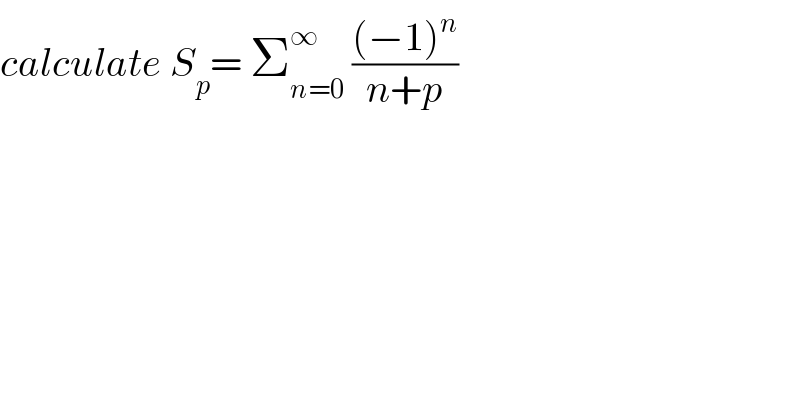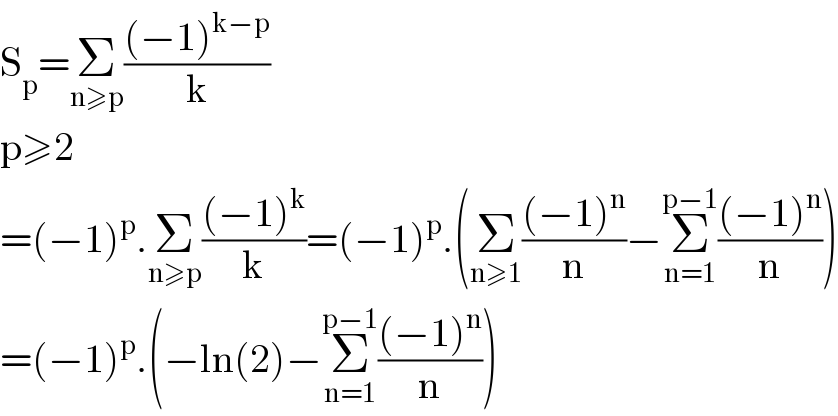
Question and Answers Forum
Previous in Relation and Functions Next in Relation and Functions
Question Number 72912 by mathmax by abdo last updated on 04/Nov/19

Answered by mind is power last updated on 04/Nov/19

| ||
Question and Answers Forum | ||
Previous in Relation and Functions Next in Relation and Functions | ||
Question Number 72912 by mathmax by abdo last updated on 04/Nov/19 | ||
 | ||
Answered by mind is power last updated on 04/Nov/19 | ||
 | ||
| ||